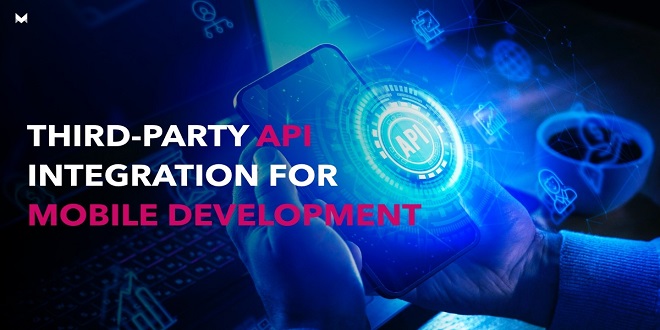How to Handle Third Party API Errors

APIs aside, it is impossible to predict what you will get from a third-party product. Everyone needs to be able to properly integrate APIs. It is becoming increasingly difficult to achieve every goal internally. Every company must read and write data from third-party vendors. Integrating with third-party information is more likely to produce erroneous results. Talking to an API module from a third party requires you to understand the API and how it works. You must also read the API’s information, create a project from it, monitor the API, deploy your project, and so on. The following information will help you get started on your journey to integration mastery.
How to understand an API
Each API is different. Although reading APIs isn’t always an exciting task, they can be structured differently depending on what information they contain. Any documentation is the best place to begin. Every software developer needs documentation to manage unfamiliar material. This can be a programming language or a new library within an existing programming language. Or, guess what? An unfamiliar API. Here are some data retrieval examples. It is a great way to increase your ability to communicate with an API.
Learn how to read an API and then write to your project. You don’t need much practice to master the API. This is a way to become more intuitive for any quirks or kinks that an API may display. It is not easy to develop a project. Communicating with an API can be more difficult than making it look professional.
How to authenticate
After you have a solid understanding of the API third-party you wish to use in your project it is time to start learning about authentication. Your project will need to be granted the appropriate permissions to access the API’s information. While some APIs can be easily added a bearer token to their headers, others may not allow for this. Third-party APIs are unpredictable. Some tokens might need to be renewed periodically. Not all APIs will have the same password. This is for security reasons. This can be annoying and frustrating. Instead of having one API account for development, you can have another API account for real deployment. This allows the development API to change or stay the exact same and the deployment account to change as necessary to support your live project.
Reading, Writing, And More
Reading and writing are the most important aspects of APIs. Many APIs make it easy to read and write because they are available in REST formats. Developers can access the state of computed objects in REST formats so that they can enhance or complete a live project. Uploading JSON data to an API or project is the easiest way to do so. JavaScript is the most common API tool, however there are many other types of object notation that can be used to add information to APIs.
Sometimes you may need to upload any company data to a third party system. It is up to you how you ask questions about that data. Event-based systems can respond to the activity of your application. A system might be able to respond automatically to someone using your application. You might want to add users as they sign up for a subscription.
Last word
Although event-based systems can be useful for adding and removing data quickly, they may not allow you to modify data. If one of these users wishes to change their email address, an event-based system might not be able to work. If you want to keep track subscribers’ email addresses, other systems will be required. You may be able to access data directly, rather than relying on events. There are many types of SQL that can be used to make direct queries. A query language allows you to return contents into your application and give them value.




